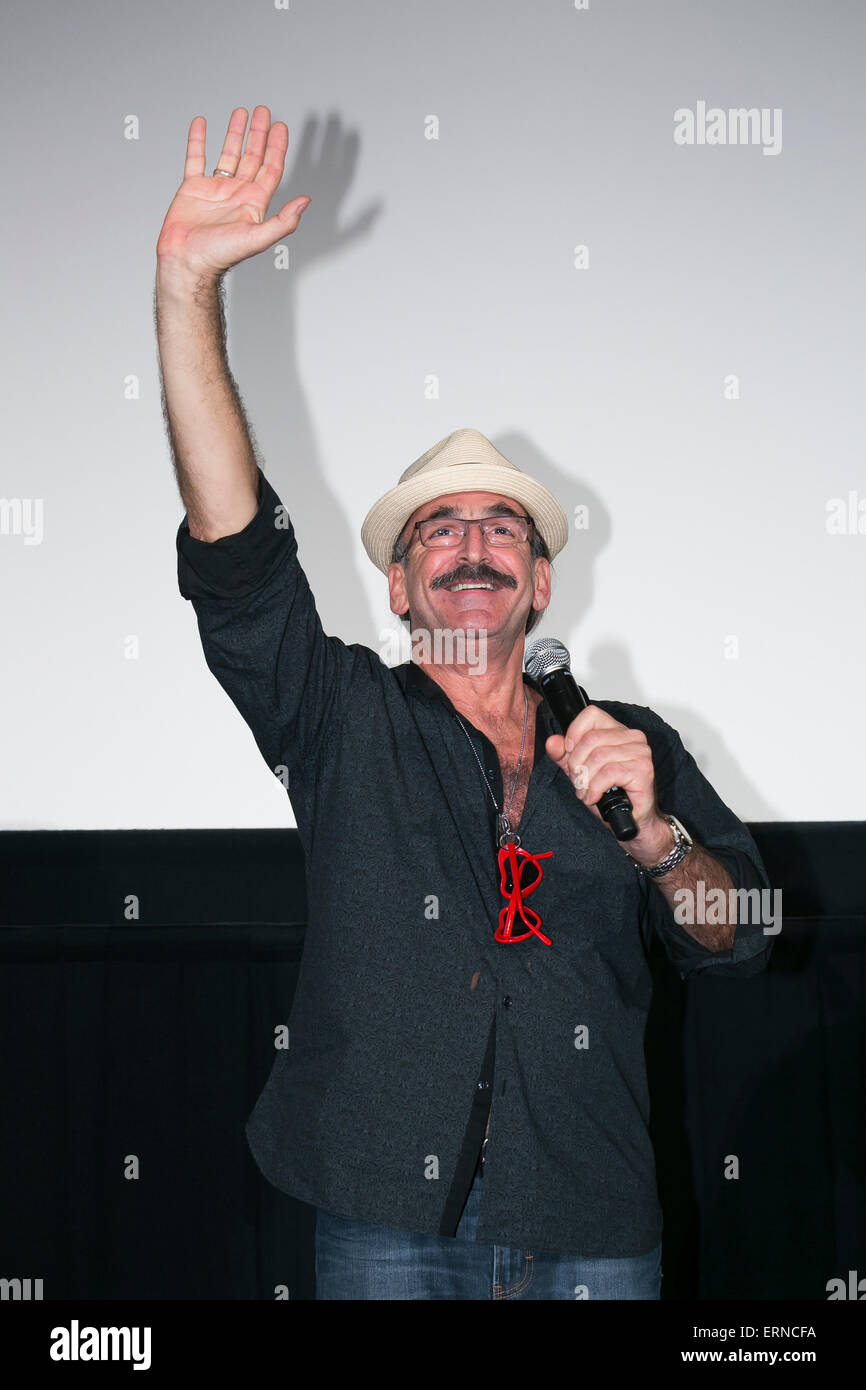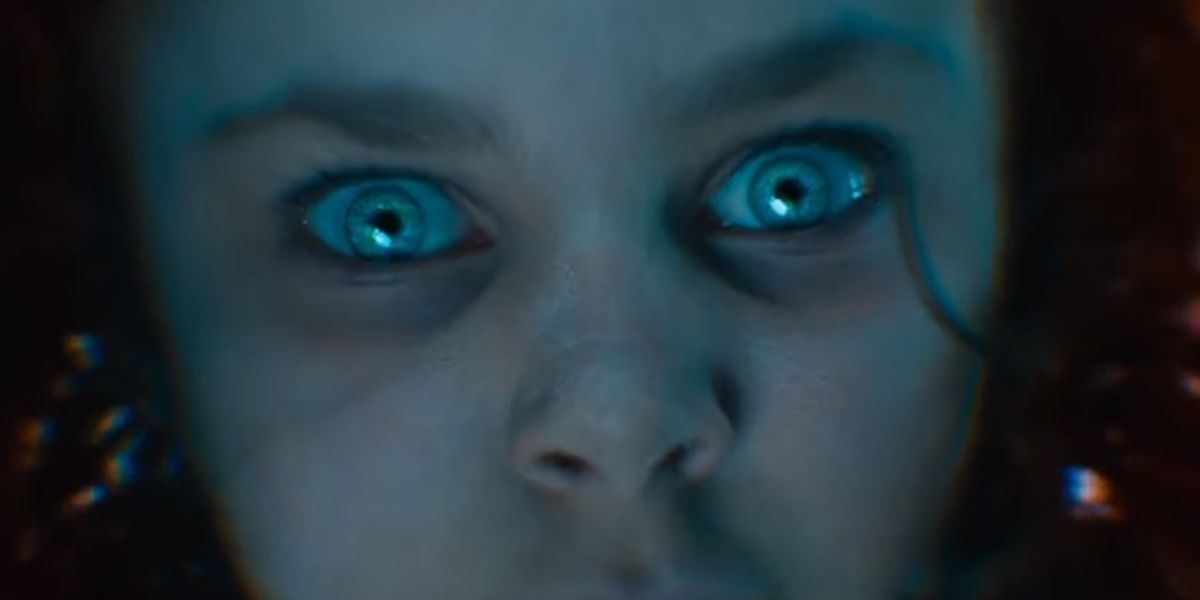

The hoard of nameless stuntmen playing The War Boys performed acting exercises and worshipped The Wives in mock rituals. Preparation was nearly as intense as the shoot in Africa’s Namib Desert. Headliners Charlize Theron and up-and-comer Tom Hardy had high bars to clear - she had to convince as an unglamorous badass while he had to replace an aging Gibson in the franchise’s title role. During the previous years of gestation, Miller’s team expanded to an army of concept artists, gear-heads, costumers, make-up artists and stunt persons. Ironically, it was the financial success of his family films, “Babe” and “Happy Feet,” that enabled Miller to shepherd his Hell-on-Earth vision past a variety of studio obstacles, economic slowdowns and location disasters to begin shooting “Mad Max: Fury Road” in the summer of 2012.
Mad max fury road cast er8c the midget movie#
According to Miller, developing these detailed backstories was “the only way you have a chance for the movie to feel coherent because otherwise it’s just too crazy.”

A drama teacher fleshed out the motivations and evolutions of the characters. By the mid-1990s, he decided to make another feature film, envisioning “one long chase” in which Max reluctantly teams with a female warrior, Furiosa, to rescue The Wives, five young beauties imprisoned as breeding stock for Immortan Joe, the wasteland’s tyrant.Ĭollaborating with writers and comic illustrators, Miller allowed his concept to be captured in thousands of storyboards instead of a conventional script.
Mad max fury road cast er8c the midget tv#
However, the calling to reanimate the Max character persisted for Miller as different reboot ideas, including a TV series, languished at the emerging intersection of movies, comics and long-form television.

Max followed this antihero’s journey in “The Road Warrior” (1981) and “Mad Max: Beyond Thunderdome” (1985) before Gibson exited for good to attain the peak, for a while, of popular and critical success in acting and directing. Instead of simply creating a more-of-the-same sequel, Miller studied enduring protagonist archetypes in sources like Joseph Campbell to create an entire mythos for his post-apocalyptic wasteland. Fueled by vivid characters and elaborate car crashes, the dystopian thriller found a worldwide cult audience to propel Miller and his drama school discovery, Mel Gibson, to fame and fortune. Reaching back to the late 1970s, the filmmakers recount how an Australian ER doctor, George Miller, worked double-shifts as an EMT to fund his first feature film, “Mad Max” (1979), a violent revenge tale where law-and-order yields to biker and hot-rod gangs as the Outback falls into anarchy. The pop culture reporter for The New York Times assembles scores of voices that rev up a narrative that will excite Mad Max fans specifically, and entertain film buffs generally, on how ideas are realized as epics. Fortunately, Kyle Buchanan’s oral history “Blood, Sweat & Chrome: The Wild and True Story of ‘Mad Max: Fury Road’” pulls away from clichés by tossing the keys to the filmmakers themselves.


 0 kommentar(er)
0 kommentar(er)
